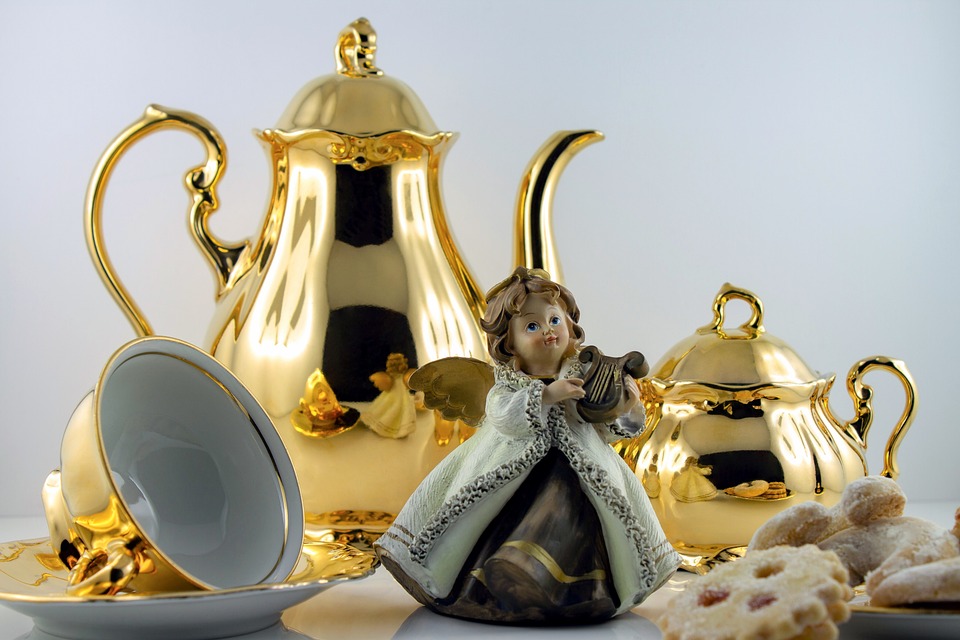Feeding your fish may seem like a straightforward task, but many aquarium enthusiasts unknowingly make mistakes that can negatively impact the health and well-being of their aquatic pets. In this article, we will explore some common fish tank feeding mistakes and provide valuable tips on how to avoid them. By following these guidelines, you can ensure your fish receive the proper nutrition they need for a vibrant and thriving aquarium environment.
**1. Overfeeding: A Recipe for Disaster**
Overfeeding is one of the most prevalent mistakes made by fish owners. While it may be tempting to provide your fish with an abundance of food, excessive feeding can lead to serious consequences. Uneaten food can decompose quickly, causing a spike in ammonia and nitrate levels in the water. This can lead to poor water quality, harmful algae growth, and even diseases in your fish.
To avoid overfeeding, it’s crucial to observe your fish’s eating habits. Offer small amounts of food that can be consumed within a few minutes. If there is any uneaten food remaining after feeding, promptly remove it from the tank using a fish net or siphon.
**2. Inadequate Feeding Frequency: Finding the Right Balance**
Determining the appropriate feeding frequency for your fish is essential for their overall health. While some fish require frequent small meals, others may thrive on a less frequent feeding schedule. Researching the specific dietary needs of your fish species is crucial to avoid under or overfeeding.
As a general rule, most fish benefit from being fed small quantities two to three times a day. However, it’s important to consider the feeding habits and metabolism of your particular fish species. Remember, a well-balanced diet is key to maintaining optimal health and vibrant colors in your fish.
**3. Feeding the Wrong Type of Food: Tailoring Nutrition to Your Fish**
Providing your fish with a varied and nutritionally balanced diet is vital to their well-being. Many fish owners make the mistake of exclusively feeding flakes or pellets, neglecting the nutritional requirements of their aquatic companions.
To avoid this mistake, research the dietary preferences of your fish species. Some may require live or frozen foods, such as brine shrimp or bloodworms, to meet their dietary needs. Supplementing their diet with fresh vegetables or specially formulated fish foods can also enhance their overall health.
**4. Neglecting to Remove Excess Food: Maintaining Water Quality**
Leaving uneaten food in the tank for an extended period is detrimental to the water quality and overall health of your fish. As mentioned earlier, decomposing food releases harmful toxins into the water, leading to poor water quality and potential health issues.
To maintain a clean and healthy environment, use a fish net or siphon to remove any excess food promptly. This simple practice will help prevent the accumulation of waste, reduce the risk of bacterial growth, and ensure your fish thrive in a pristine habitat.
**5. Feeding at Inappropriate Times: Understanding Your Fish’s Behavior**
Feeding your fish at the right time is as important as providing them with high-quality food. Some fish are more active and willing to eat during specific times of the day. Observing your fish’s behavior and natural feeding patterns will help you determine the optimal feeding time.
Avoid feeding your fish during the night when they are less active. Instead, try to replicate their natural feeding routine as closely as possible. By doing so, you provide your fish with a consistent and natural feeding experience, promoting their overall well-being.
**FAQs: Addressing Common Concerns**
Q1. How can I tell if I am overfeeding my fish?
A: Overfeeding signs may include uneaten food accumulating at the bottom of the tank, cloudy water, increased algae growth, and fish becoming lethargic or displaying bloating.
Q2. Can I feed my fish human food?
A: While some human foods may be suitable for fish, it is generally recommended to stick to specialized fish foods. Consult a fish expert or veterinarian to ensure the safety and appropriateness of any human food you consider feeding to your fish.
Q3. How long can fish go without food?
A: The duration fish can survive without food varies depending on the species and their overall health. However, as a general guideline, fish can typically go for several days to a couple of weeks without feeding. It’s important to plan accordingly if you need to leave your fish unattended for an extended period.
Q4. Can I use an automatic fish feeder to avoid feeding mistakes?
A: Automatic fish feeders can be helpful, especially if you have a busy schedule or frequently travel. However, it’s still essential to monitor your fish’s eating habits and adjust the amount of food dispensed accordingly. Regular observation is crucial to ensure your fish are not over or underfed.
Q5. Should I remove my fish from the tank while feeding?
A: In most cases, it is not necessary to remove fish from the tank while feeding. However, if you have particularly aggressive or territorial fish, it may be wise to separate them temporarily during feeding to avoid conflicts and ensure each fish receives its fair share of food.
By avoiding these common fish tank feeding mistakes, you can provide your aquatic companions with a healthy and thriving environment. Remember to tailor their diet to their specific needs, maintain proper feeding frequency, and promptly remove any excess food. Your fish will reward you with their vibrant colors, active behavior, and overall well-being. Happy fish keeping!









